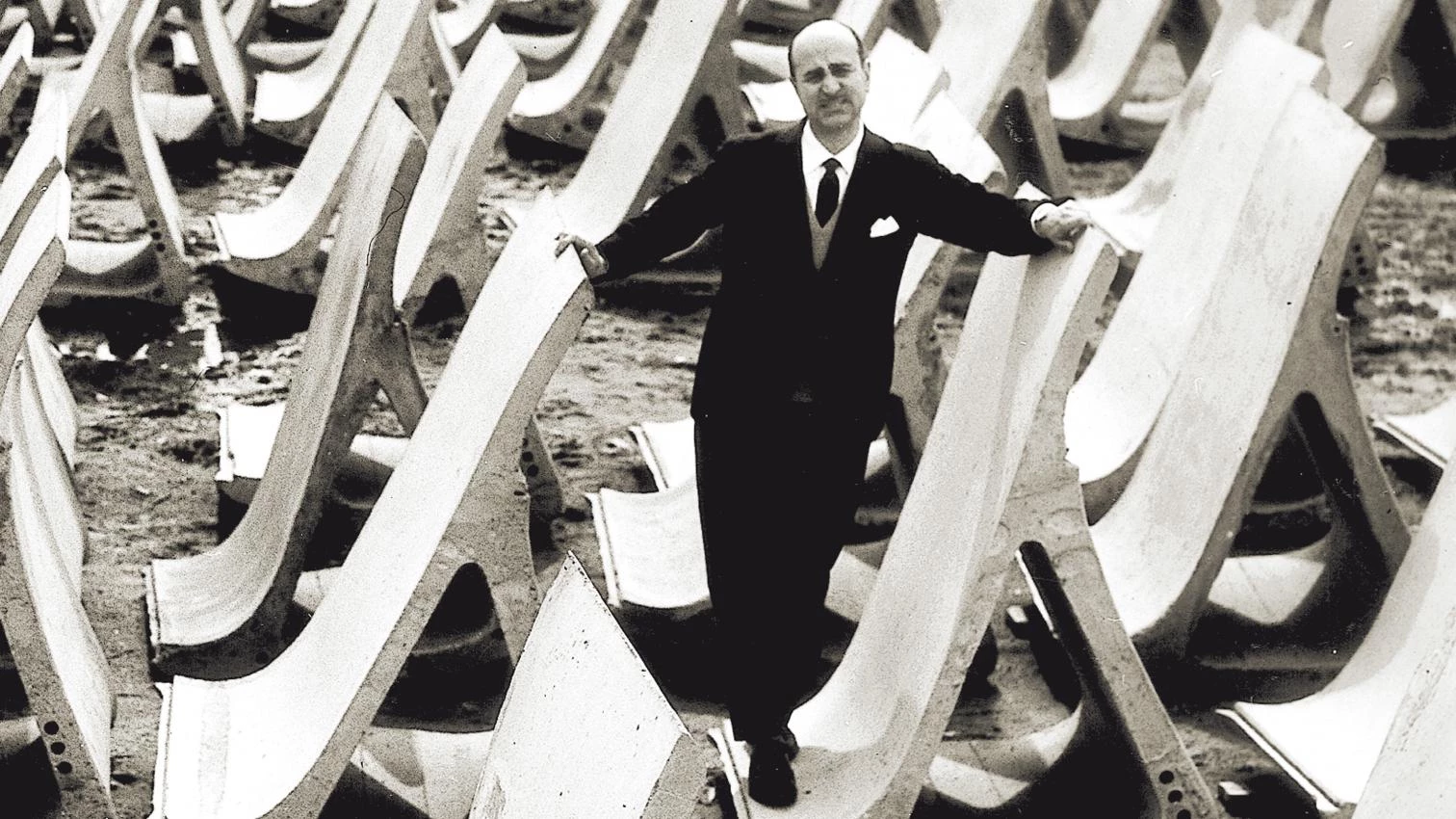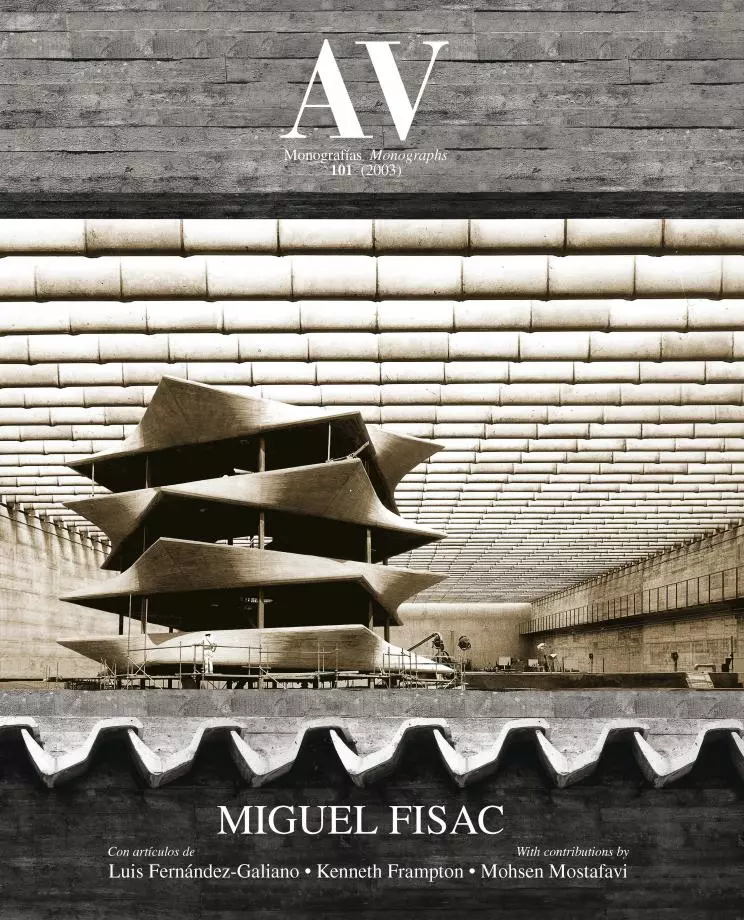Everyday Freedom
On the Cerro del Aire

The growing popularity of Miguel Fisac as author of religious architectures did not prevent a gradual distancing from the Opus Dei, whose founder was also his confessor, though this circumstance did not help to consolidate the link between them. After a trip around the world in 1955, Fisac abandoned the organization for good – with the expected impact derived from his public profile and the fact that he belonged to the original nucleus –, wedding Ana María Badell in 1957, with Dr. Marañón (whom he had met during the construction of the Cajal Institute) as best man; the famous doctor was married to a daughter of the liberal editor Moya, also related to Ana María, so the hostile resentment of the institution that had supported him until then was compensated for with a new circle of friends. His house on the Cerro del Aire of 1956-1960 is a good symbol of this period of independence, up on a hill close to his church in Alcobendas and with fine views of Madrid, built with granite walls that fix it on the terrain and a slender steel frame which supports the roof slab without interfering with the large windows; isolated and open to the exterior, as is the summer house he would raise in 1961 on Mallorca’s coast, built with marés stone and whitewashed volumes before the landscape, or the one of 1969 in Murcia, made with concrete modules facing the Mazarrón bay. Autonomy and openness, two terms that effectively sum up the attitude of Fisac during the sixties, the inventive builder who used concrete bones to give material and symbolic shape to the Spain of development... [+]





